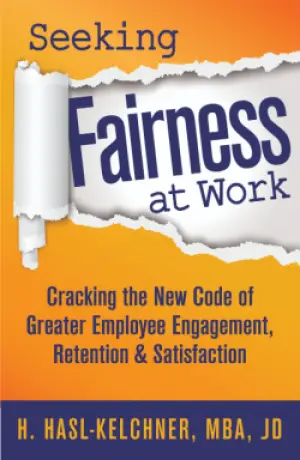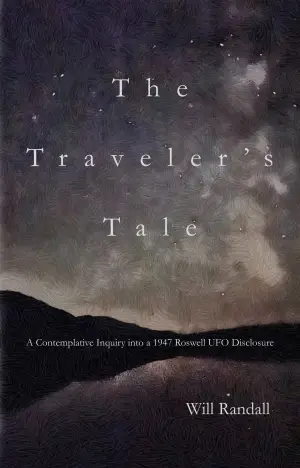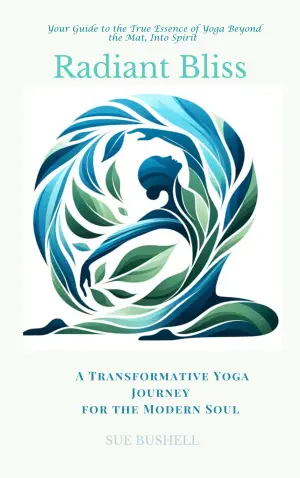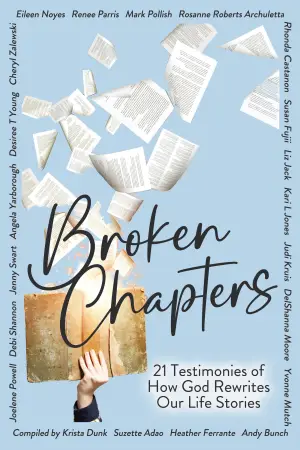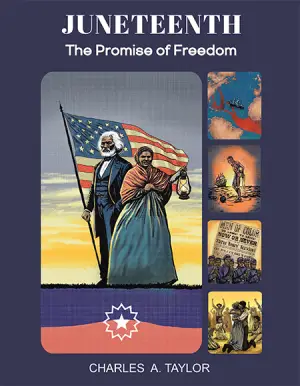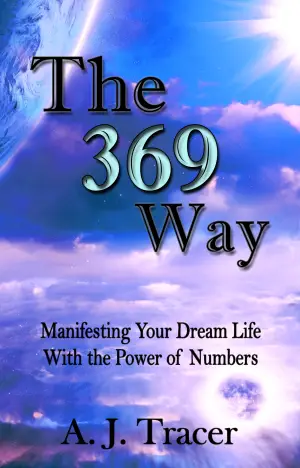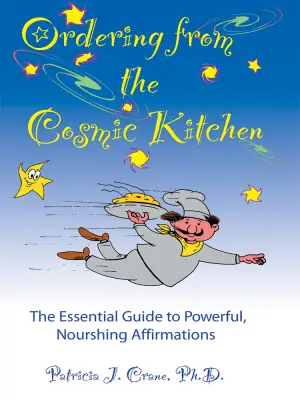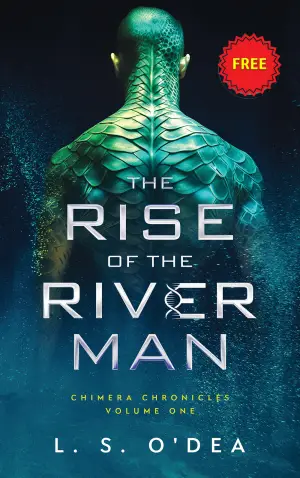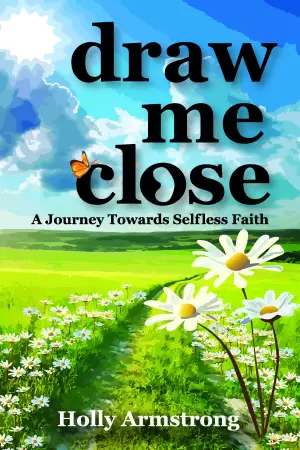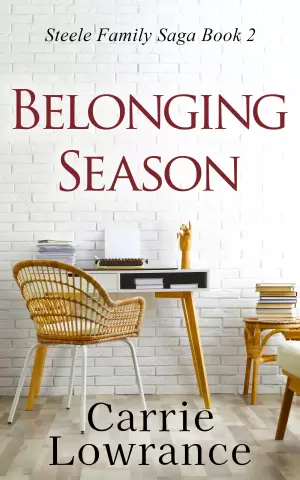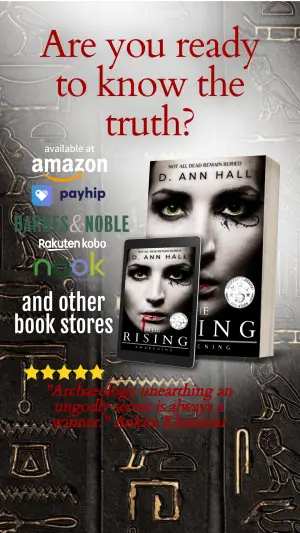Book Review: Is Everyone Really Equal?
When I first stumbled upon Is Everyone Really Equal? by Özlem Sensoy and Robin DiAngelo, I was intrigued by its promise to dismantle the often overwhelming array of social justice concepts into digestible insights. As someone who has always found social issues to be complex, yet critically important, I felt drawn to a resource that claimed to clarify not just the "what," but the "why" of social justice education. My anticipation was met with not just understanding but also a profound urge to engage with these vital dialogues.
The Heart of the Matter
The book navigates the often confusing waters of social justice education with grace and clarity. Sensoy and DiAngelo frame essential topics like privilege, discrimination, and intersectionality through a lens that feels both scholarly and accessible. Each chapter is infused with real-world applications and thought-provoking questions that invite readers to critically reflect on their own experiences and societal roles.
What stands out the most are the "Definition Boxes" and "Perspective Check Boxes" sprinkled throughout the text. These features serve as anchor points for readers, providing crucial definitions without detracting from the flow of the narrative. I found myself frequently pausing to digest concepts that were not only well-explained but also woven into relatable examples.
The chapter on intersectionality is particularly compelling; it manages to clarify how various forms of oppression intersect without veering into reductionism. Sensoy and DiAngelo invite readers to explore how race, class, gender, and other identities combine to shape individual experiences. They illustrate this with contemporary examples like the Black Lives Matter movement, connecting historical contexts to present-day activism in a deeply resonant manner.
Craftsmanship and Style
The authors strike a remarkable balance between being comprehensive and approachable. Their writing style is straightforward but layered with insightful anecdotes and vignettes that breathe life into complex theories. One memorable quote from the book states, “To understand social justice is to understand the world,” and it resonated with me profoundly. It made me realize just how interconnected our lives are and how crucial it is to partake in conversations about equity and justice.
Critically, the book doesn’t shy away from controversy or difficult topics. Some readers might find certain sections polarizing, yet this is also where the book’s strength lies. By fostering an honest dialogue around discomfort and privilege, Sensoy and DiAngelo create a safe space to challenge preconceived notions—a valuable skill in today’s polarized climate.
Final Thoughts
Is Everyone Really Equal? is more than an academic textbook; it’s a heartfelt call to action that should resonate with educators, students, activists, and anyone interested in social justice. Whether you’re new to these concepts or already well-versed, the insights gleaned from this book are potent tools for navigating daily social interactions and understanding structural inequalities.
If you’re someone who craves a deeper understanding of the world around you, this book may very well illuminate paths you hadn’t considered. I certainly found my reading experience transformative, prompting self-reflection and a renewed commitment to engaging in the fight for social justice.
In the end, Sensoy and DiAngelo have crafted a work that is as much about education as it is about empowerment. So, to all fellow readers out there curious about social justice—this book is a must-read for your journey towards understanding and fostering equality.



